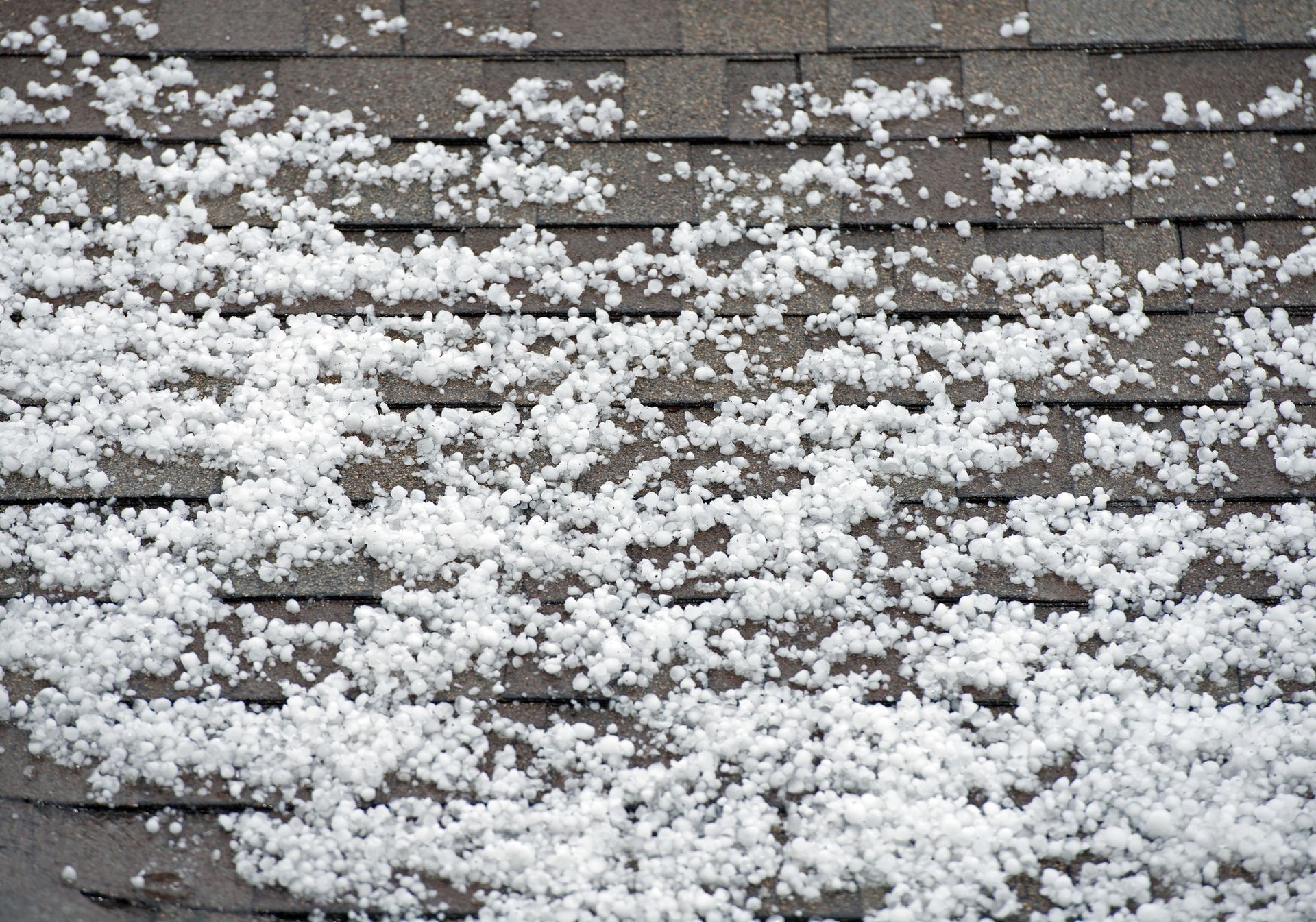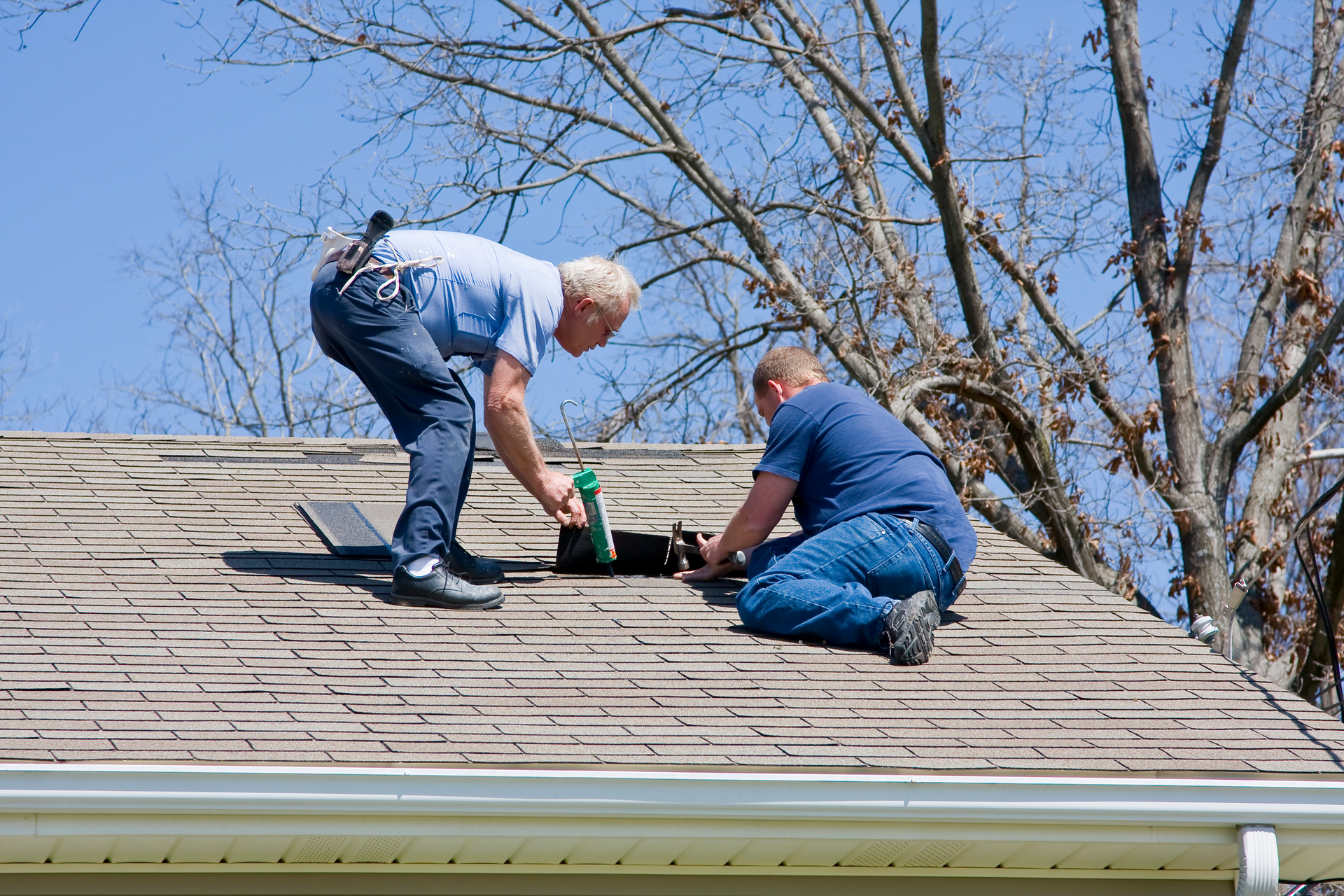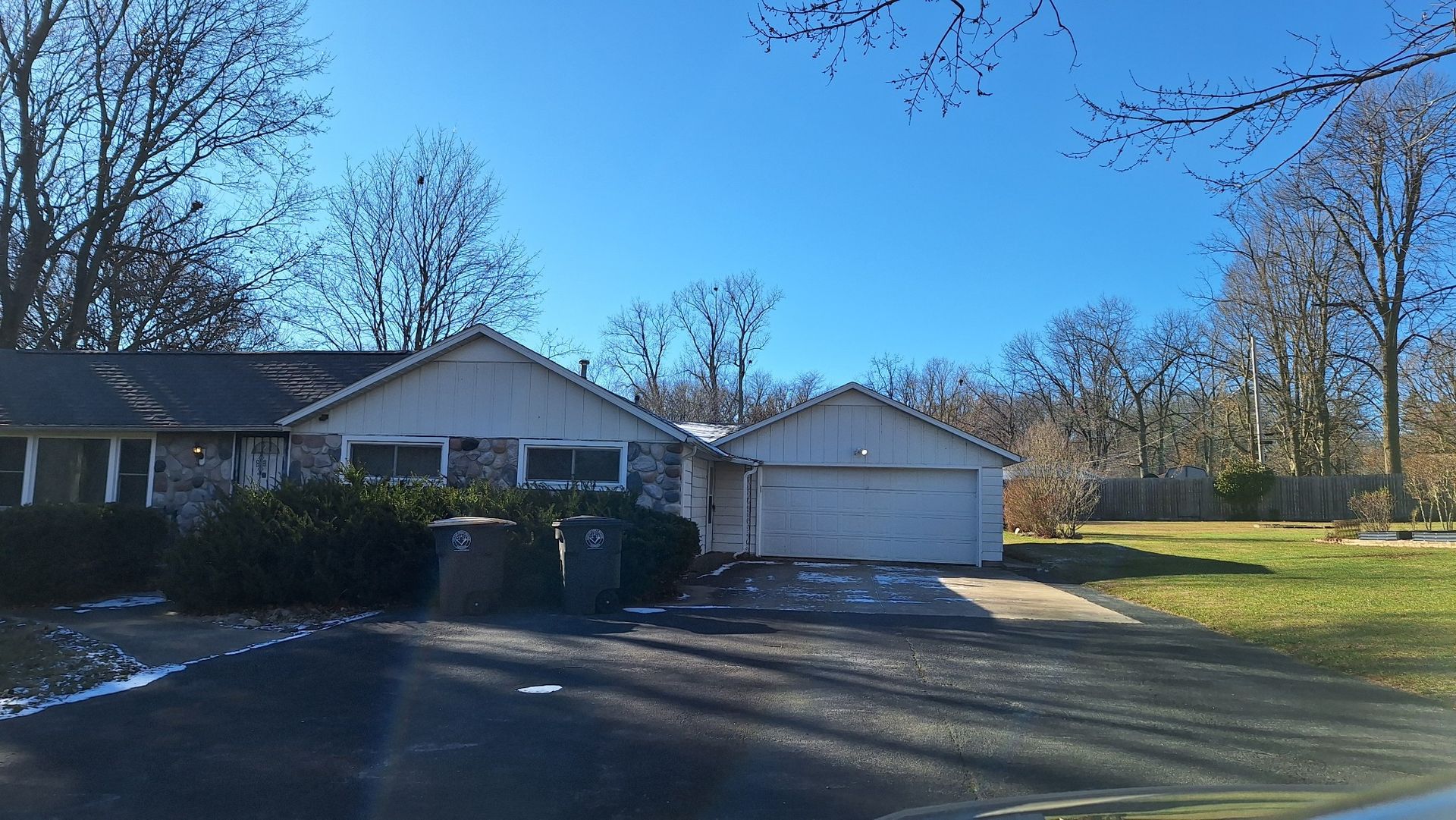Understanding Hail Damage to Your Roof

When storm clouds gather, homeowners often worry about the potential damage to their homes, particularly their roofs. Hail, a common byproduct of strong storms, can wreak havoc on a home's exterior. But what exactly is hail damage, and how can you address it? Delve into the icy impact of hail and the steps to handle it.
Recognize Hail Damage
Hail damage refers to the harm caused by hailstones—hard balls or lumps of ice—which can strike your roof with significant force. Depending on the size of the hail and the ferocity of the storm, these ice pellets can cause anything from minor cosmetic blemishes to major structural damage. Not only can they damage your roofing materials, but hailstones can also lead to harm to siding, gutters, and windows.
Spot the Signs
Navigating the aftermath of a hailstorm to assess the potential damage to your roof can be a daunting task. The signs of hail damage can be subtle and may not jump out at you immediately. Some of them include:
- Dents or Bruises on Shingles: These might look like dark spots or areas where the shingle has been clearly hit. It's an indication that the hail had enough force to cause an impression.
- Loss of Granules: Shingles are coated with protective granules. After a hailstorm, you might find an unusual amount of these granules in your gutters or downspouts, signaling damage to the roof's protective layer.
- Cracks in Roofing Material: Hail can cause cracks, especially in older roofs. These cracks can be a gateway for water, leading to leaks and further damage.
- Dents on Metal Parts: Elements like vents, flashings, or even metal roofs can show dents more prominently. These dents can compromise the structural integrity of these parts.
Though these signs provide a guide, understand that hail damage can sometimes be hidden or less obvious. Don't let an initial glance give you a false sense of security.
Understand the Risks of Ignoring Damage
Leaving hail damage unattended can lead to a host of problems. Over time, even small dents or cracks can grow, allowing water to seep into your home. This moisture can lead to mold growth, insulation problems, and structural damage. Moreover, ignoring minor damage today can result in bigger, more costly issues down the road, putting both your home and your wallet at risk.
Learn the Repair Process
Addressing hail damage typically begins with a thorough inspection by a roofing professional. They'll assess the extent of the damage and recommend the best course of action. Sometimes, minor repairs will suffice, but in severe cases, you might need a partial or even complete roof replacement. The key is catching and addressing the damage early to prevent larger problems in the future.
Decide When to Repair
While it's tempting to delay repairs, especially if the damage seems minor, act sooner rather than later. As mentioned, minor damage can evolve into major problems. Addressing the issue early not only saves your home from further harm but also can save you money in the long run. Plus, the quicker you act, the easier it will be to process any insurance claims.
Know Your Insurance Coverage
The good news for homeowners is that many insurance policies will cover hail damage. However, check your policy and speak with your insurance agent. Ensure you understand your coverage limits, deductibles, and any other relevant details. Also, remember to take photos of the damage and keep any related documents, as these can be crucial when filing a claim.
Hail damage, while distressing, doesn't have to spell disaster for your home. By understanding what to look for and taking timely action, you can protect your home and prevent further issues. If you suspect your roof has suffered hail damage, don't wait. Reach out to SL Construction today and ensure the safety and integrity of your home.






